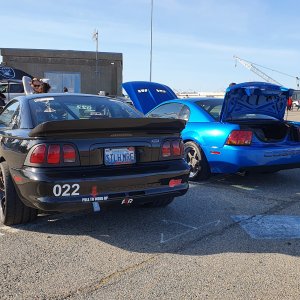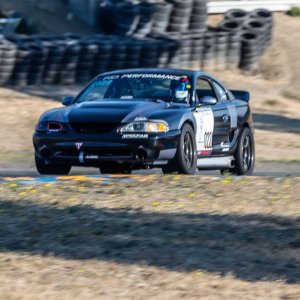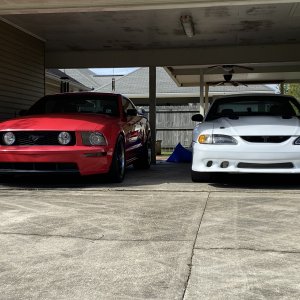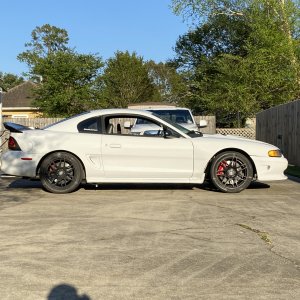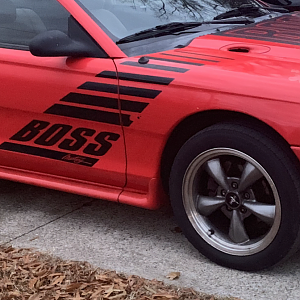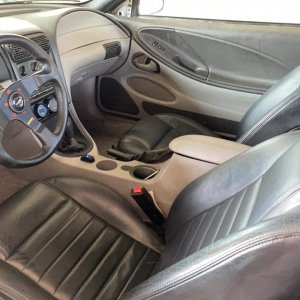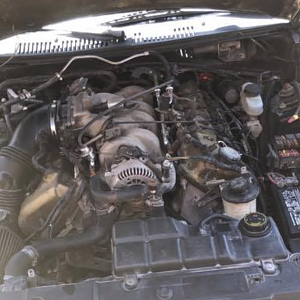Hello Again Everyone!
I noticed quite a bit of play where my driveshaft connects to the output shaft of the transmission on my 1994GT (automatic/AODE). I can move the shaft noticeably, though I didn't measure it.
Is this connection supposed to have a noticeable amount of play in it, or should it be reasonably stiff? I am trying to figure out if this could be the source of a forward "bump"/Weight Transfer when the car is downshifting from 2nd to 1st.
Any input would be appreciated.
Thanks,
RufusT
I noticed quite a bit of play where my driveshaft connects to the output shaft of the transmission on my 1994GT (automatic/AODE). I can move the shaft noticeably, though I didn't measure it.
Is this connection supposed to have a noticeable amount of play in it, or should it be reasonably stiff? I am trying to figure out if this could be the source of a forward "bump"/Weight Transfer when the car is downshifting from 2nd to 1st.
Any input would be appreciated.
Thanks,
RufusT

